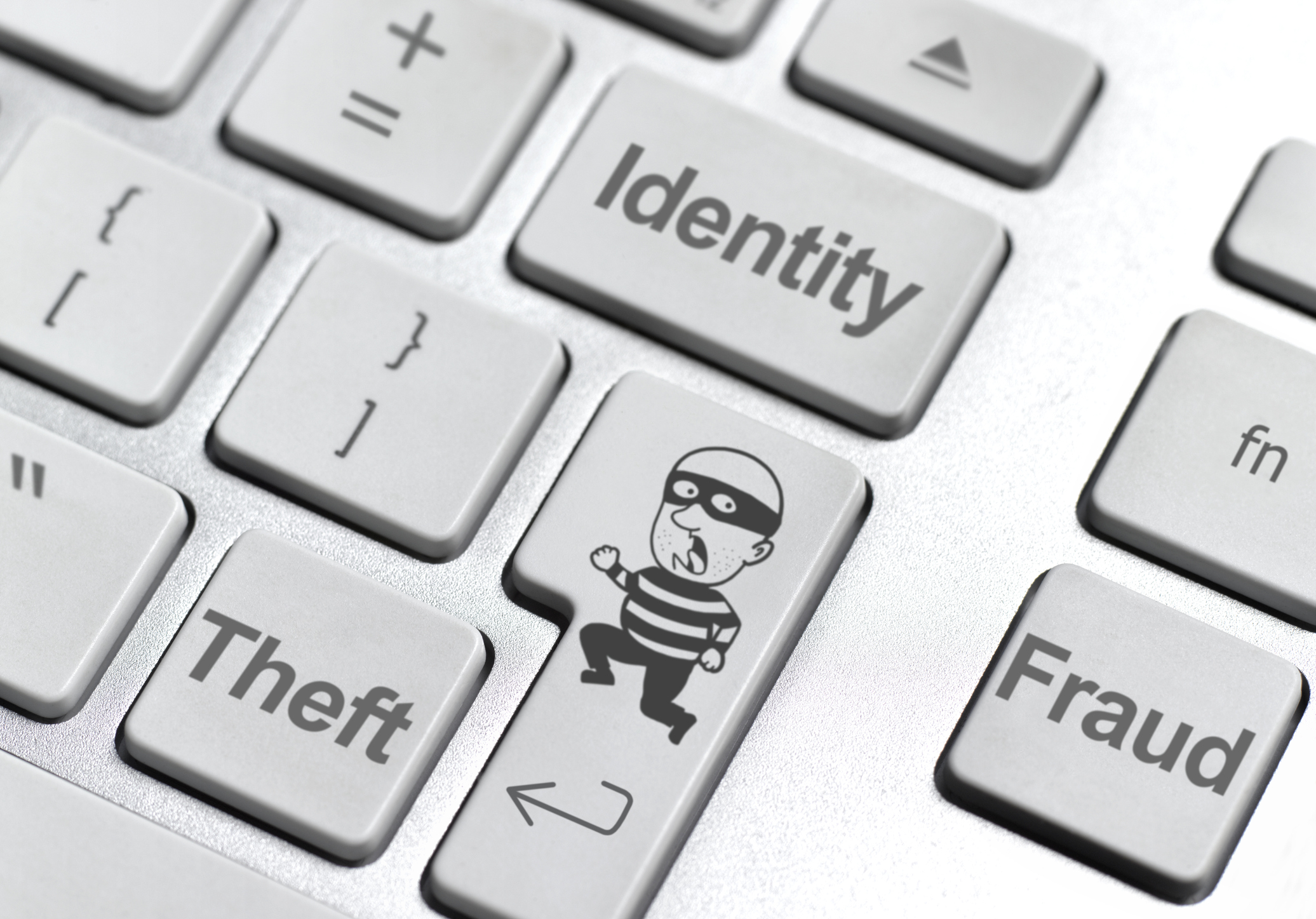Crooks Using New Schemes to Steal Your Identity
ID thieves are splicing together data from multiple victims, who are often in the dark.


Julie Conroy, a research director at Aite Group, a financial services research firm, specializes in fraud and money-laundering issues.
What is synthetic ID theft? Criminals fabricate new identities to open fraudulent lines of credit, typically by combining a stolen Social Security number with fictional information. Thieves often gain access to people’s SSNs and other personal information through data breaches, such as the recent breaches at Equifax and Anthem. They’ll then use those fake identities to apply for loans, credit cards and bank accounts, building their credibility (and by extension their creditworthiness) with financial institutions.
Why is it becoming more prevalent? A perfect storm has been forming over the past few years. We’ve been in a very steady credit recovery, and some of the old barriers to getting credit have eased as creditors try to find more people to give credit to. We’ve also seen almost 10 billion records breached since 2013. That gives the bad guys a lot of fodder to use when creating these fake identities. It also didn’t help that in 2011, the Social Security Administration started randomizing the issuance of SSNs, which eliminated some of the safeguards regulators relied on to ensure that people exist.

Sign up for Kiplinger’s Free E-Newsletters
Profit and prosper with the best of expert advice on investing, taxes, retirement, personal finance and more - straight to your e-mail.
Profit and prosper with the best of expert advice - straight to your e-mail.
Is it more difficult to spot synthetic ID theft than other types? Yes, because synthetic ID fraud involves an amalgam of people’s identities and fictional information. Fortunately, the credit bureaus have developed analytical scores that help them determine whether an SSN and identity belong to the right person. A new federal law should also make it easier for creditors to verify ownership of a Social Security number with the Social Security Administration, which should help them verify that credit applicants actually exist.
How can consumers protect themselves and their children from this type of ID theft? Check your credit reports from the three credit bureaus regularly. Don’t give out your SSN unless it’s absolutely necessary, especially online. Children’s SSNs are attractive for criminals because children are not going to be using their SSNs actively. Parents should periodically check the credit bureaus to see if there is activity associated with their child’s SSN, although this can be time-consuming. Start by contacting the bureaus and asking them to run a manual search of your child’s file.
Get Kiplinger Today newsletter — free
Profit and prosper with the best of Kiplinger's advice on investing, taxes, retirement, personal finance and much more. Delivered daily. Enter your email in the box and click Sign Me Up.

-
 Stock Market Today: Stocks Gain on Tech, Auto Tariff Talk
Stock Market Today: Stocks Gain on Tech, Auto Tariff TalkThe Trump administration said late Friday that it will temporarily halt tariffs on some Chinese tech imports.
By Karee Venema
-
 Sam's Club Plans Aggressive Expansion: Discover Its New Locations
Sam's Club Plans Aggressive Expansion: Discover Its New LocationsSam's Club expansion plans will open up to 15 new stores each year. Learn where they plan to open in 2025.
By Sean Jackson
-
 How to Guard Against Identity Theft in 2025
How to Guard Against Identity Theft in 2025Scammers are getting better at impersonating legitimate businesses.
By Mallika Mitra
-
 Roth IRA Contribution Limits for 2025
Roth IRA Contribution Limits for 2025Roth IRAs Roth IRA contribution limits have gone up. Here's what you need to know.
By Jackie Stewart
-
 Four Tips for Renting Out Your Home on Airbnb
Four Tips for Renting Out Your Home on Airbnbreal estate Here's what you should know before listing your home on Airbnb.
By Miriam Cross
-
 Five Ways to a Cheap Last-Minute Vacation
Five Ways to a Cheap Last-Minute VacationTravel It is possible to pull off a cheap last-minute vacation. Here are some tips to make it happen.
By Vaishali Varu
-
 Social Media Scams Cost Consumers $2.7B, Study Shows
Social Media Scams Cost Consumers $2.7B, Study ShowsScams related to online shopping, investment schemes and romance top the FTC's social media list this year.
By Joey Solitro
-
 How to Figure Out How Much Life Insurance You Need
How to Figure Out How Much Life Insurance You Needinsurance Instead of relying on rules of thumb, you’re better off taking a systematic approach to figuring your life insurance needs.
By Kimberly Lankford
-
 Amazon Big Deal Days Is Coming! We’ve Got All the Details
Amazon Big Deal Days Is Coming! We’ve Got All the DetailsAmazon Prime To kick off the holiday season with a bang, Amazon Big Deal Days runs Tuesday, October 8 and Wednesday, October 9.
By Bob Niedt
-
 How to Shop for Life Insurance in 3 Easy Steps
How to Shop for Life Insurance in 3 Easy Stepsinsurance Shopping for life insurance? You may be able to estimate how much you need online, but that's just the start of your search.
By Kaitlin Pitsker